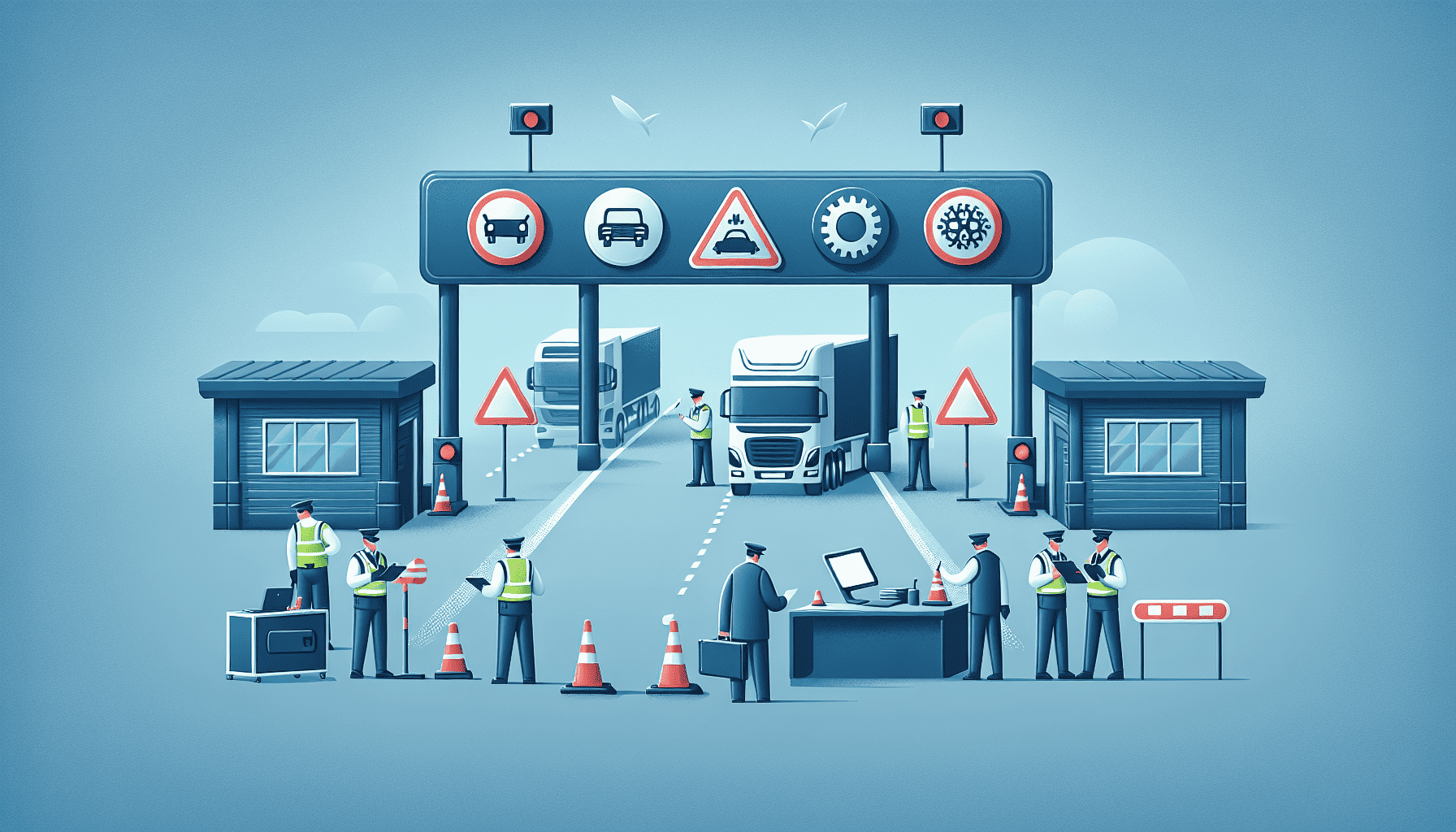Ensuring regulatory compliance and safety in transportation is a critical aspect of the industry's operation. It's a multifaceted challenge that encompasses everything from vehicle maintenance to staff training and adherence to stringent regulatory demands. This comprehensive approach not only ensures passenger safety and protects cargo but also minimizes legal risks and enhances operational efficiency.
Understanding Regulatory Compliance
Regulatory compliance in transportation involves adhering to a complex web of laws, regulations, and standards set by governmental and international bodies. These regulations encompass a range of factors, such as vehicle safety standards, driver qualifications, environmental regulations, and more. Ensuring compliance requires a thorough understanding and continuous monitoring of current laws and the flexibility to adapt to new regulations.
Key Areas of Focus
-
Vehicle Safety Standards: Ensuring that vehicles meet safety standards is paramount. This involves regular maintenance, inspections, and compliance with technological standards, such as advanced braking and safety systems.
-
Driver Training and Licensing: Drivers must be adequately trained and hold the necessary licenses for operating different types of vehicles. Ongoing training programs are essential to keep drivers updated on the latest safety protocols and regulations.
-
Environmental Compliance: With growing concerns around climate change, environmental regulations have become more stringent. Transportation companies must adopt eco-friendly practices and technologies, such as fuel-efficient vehicles and lower emissions solutions.
-
Cargo Safety: For companies involved in freight transport, ensuring the safety of carried goods is crucial. This involves using correct loading methods, proper handling techniques, and compliance with hazardous materials regulations.
Implementing Safety Measures
Safety within the transportation sector is not just about compliance; it's about creating a culture of safety that permeates every layer of an organization. This can be achieved by:
-
Comprehensive Training Programs: Training should be continuous and cover a wide range of scenarios to prepare staff for both routine and emergency situations.
-
Adoption of Technology: Implementing modern technologies such as telematics, GPS tracking, and automated safety systems can significantly enhance safety protocols.
-
Regular Audits and Inspections: Conducting regular audits and inspections ensures adherence to safety protocols and regulatory requirements. This proactive approach can help identify potential risks before they become problems.
-
Cultivating a Safety-First Culture: Encouraging a culture that prioritizes safety at all levels can be instrumental. This involves clear communication, motivation, and recognition for compliance and safe practices.
The Role of Technology
Technological advancements offer tremendous potential for enhancing both compliance and safety. From digital compliance platforms that keep track of regulatory changes to the integration of Internet of Things (IoT) devices that monitor vehicle conditions in real-time, technology should be leveraged to create smarter, more efficient systems that reduce human error and enhance safety outcomes.
Conclusion
As the transportation landscape evolves, maintaining regulatory compliance and ensuring safety will continue to be dynamic challenges that require ongoing focus and adaptation. Through a meticulous balance of education, technology, and culture, transportation companies can not only meet these challenges but set new standards for safety and reliability in the industry.
